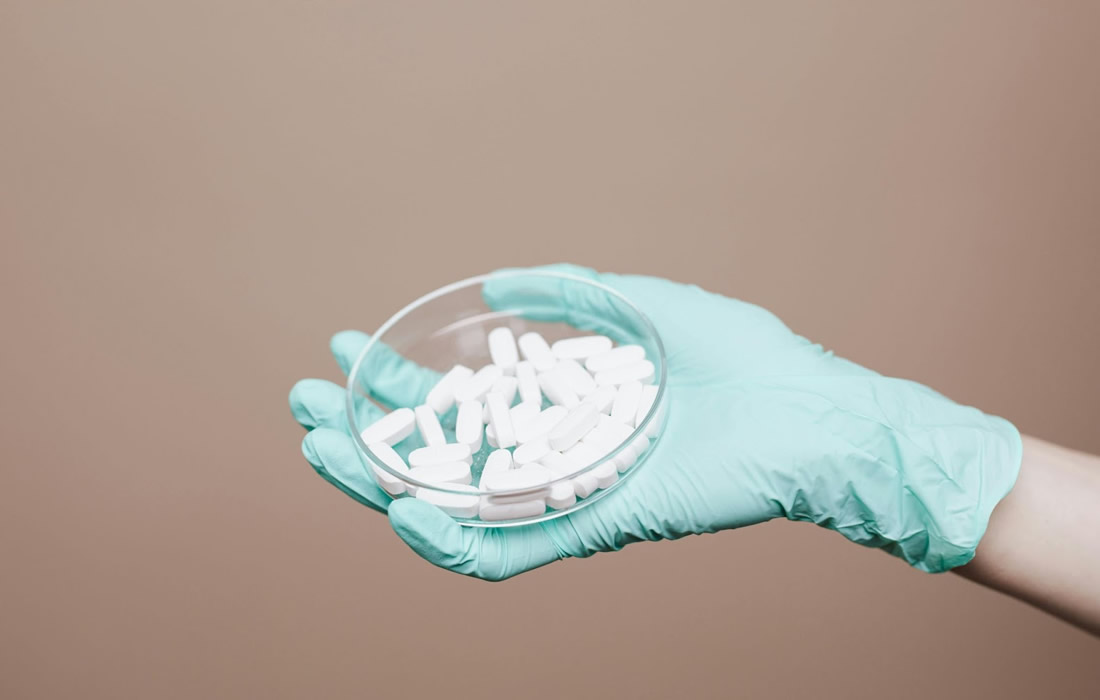Regenerative Medicine News and General Information
Researchers Identify a Drug That Mimics the Effects of Exercise on Muscle and Bone in Mice
Physical inactivity can result in a weakening of the muscles (known as sarcopenia) and bones (known as osteoporosis). Exercise dispels this frailty, increasing muscle strength and promoting bone formation while suppressing bone resorption.
However, exercise therapy cannot be applied to all clinical cases.
Drug therapy may be helpful in treating sarcopenia and osteoporosis, especially when patients have cerebrovascular disease, dementia, or when they have already become bedridden.
However, there is no single drug that addresses both tissues simultaneously.
In a new study researchers developed a novel drug screening system to identify a compound that mimics the changes in muscle and bone that occur as a result of exercise.
Using the screening system, the researchers identified the aminoindazole derivative locamidazole (LAMZ). LAMZ was capable of stimulating the growth of muscle cells and bone-forming cells, osteoblasts, while suppressing the growth of bone-resorbing cells, osteoclasts.
When LAMZ was administered to mice orally, it was successfully transmitted into the blood, with no obvious side effects.
“We were pleased to find that LAMZ-treated mice exhibited larger muscle fiber width, greater maximal muscle strength, a higher rate of bone formation, and lower bone resorption activity,” says lead author of the study Takehito Ono.
The research team further addressed the mode of function of LAMZ and found that LAMZ mimics calcium and PGC-1α signaling pathways.
These pathways are activated during exercise and stimulate expression of downstream molecules that are involved in the maintenance of muscle and bone.
To investigate whether LAMZ can treat locomotor frailty, LAMZ was administered to an animal model of sarcopenia and osteoporosis.
Taken together, the research team’s findings show that LAMZ represents a potential therapeutic method for the treatment of locomotor frailty by mimicking exercise.
Sources:
Materials provided by Tokyo Medical and Dental University. Note: Content may be edited for style and length.
Takehito Ono, Ryosuke Denda, Yuta Tsukahara, Takashi Nakamura, Kazuo Okamoto, Hiroshi Takayanagi, Tomoki Nakashima. Simultaneous augmentation of muscle and bone by locomomimetism through calcium-PGC-1α signaling. Bone Research, 2022; 10 (1) DOI: 10.1038/s41413-022-00225-w
Tokyo Medical and Dental University. “Researchers identify a drug that mimics the effects of exercise on muscle and bone in mice.” ScienceDaily. ScienceDaily, 13 September 2022. <www.sciencedaily.com/releases/2022/09/220913110416.htm>.
Images from:
Photo by Karolina Grabowska
https://www.pexels.com/es-es/foto/persona-manos-vaso-salud-4047055/

